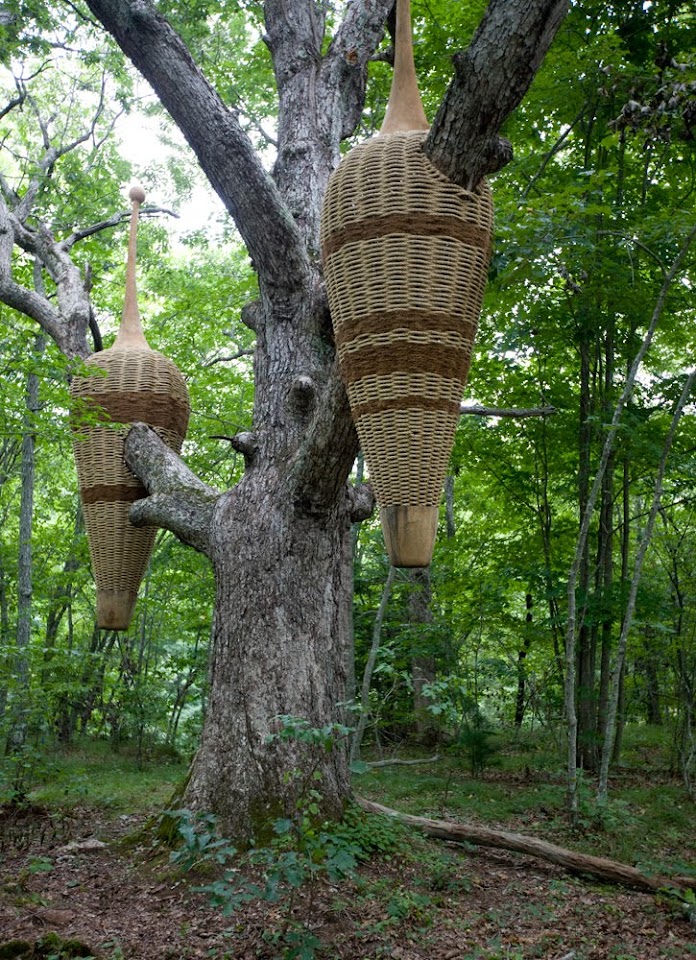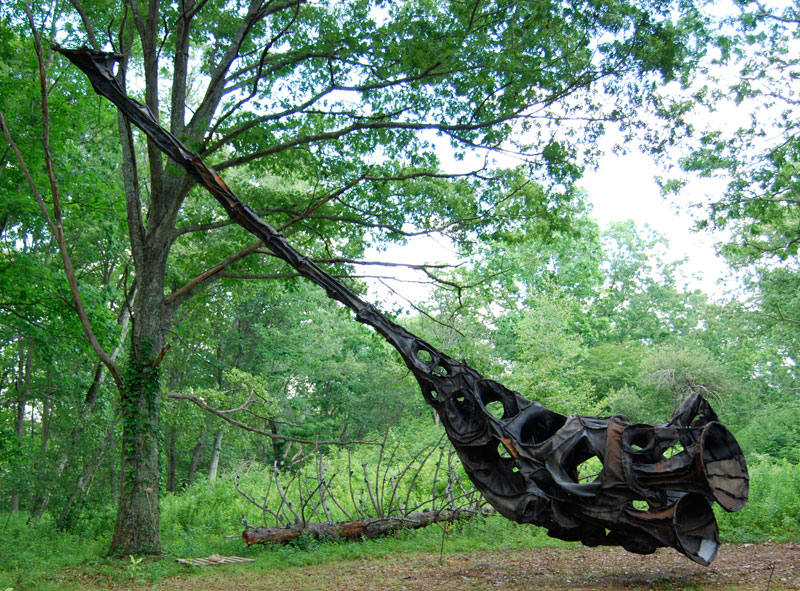I've just started my residency at I-Park.
I'll be here for one month developing a portable installation / performance piece, which I have been working on for a while already.
We are all staying in this gorgeous 19th Century house, which has been completely renovated to have all the mod cons. We also benefit from the use of studios, a library, study, woodshop, common area, a very talented chef (four nights a week), and of course the 450-acre woodland / park.
There are seven residents here, all for the same time period.
The six others are: Judith Stein, an author working on a biography from Philadelphia; Jee Soo Shin, a Korean composer; Michael Fairfax, a British sculptor/sound artist; Tess Martin, a stop-frame animator from Seattle; Boaz Aharonovitch, an Israeli photographer/visual artist; and Roman Moshensky, a Russian video artist.
My studio is the 'Sculpture Studio', although I'll be using it for other purposes. This space is useful for me because of the size and the possibility of low light.

We're out in the woods here, quite literally. The I-Park grounds are in the middle of Connecticut, miles from the nearest town or village.
The area around the house and studio building has the most trails, and is very clearly, carefully, and beautifully sculpted. As you head further out, the grass gets longer and you are surrounded by trees. But it doesn't take long before you start to notice some really striking permanent artworks:

These sculptures, created by German artist Roger Rigorth are made from wood and rope. They are very professionally crafted, and although they are presented as the central feature of this photograph, it's is fascinating just how long they linger in your peripheral vision the first time you pass by (and are not expecting them).

This piece by Kathryn Kelley on the other hand, jumps right out at you through the clearing. First it's an indiscernible blob, then you start to make out the textures and the sense of weight, as it sags from it's hoists on the trees. It feels organic and reminds me of H.R. Giger, but it's actually composed of used vehicle inner tubes, stitched together.
It's an astoundingly beautiful piece. I'm particularly fascinated by it's clear 'otherness', the way it is somehow human trash 'imposed' on the landscape. But also by virtue of it's composition and construction (the 'exoskeleton' is made of sticks), it has negotiated a place there. You can read more about the piece on Kathryn's dedicated I-Park blog.
There is still so much more to explore. I've yet to venture up Mie's trail. I have a lot of software to get finished, before I go and spend much more time on the land, creating my piece.
I'll keep this blog updated with the progress of the piece, and as I explore more this amazing place.